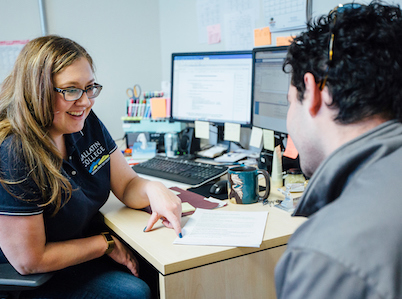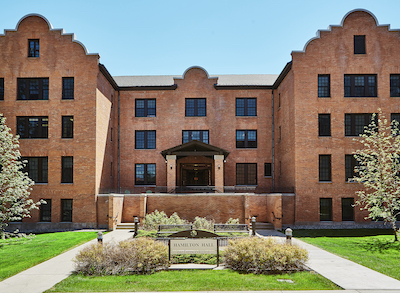Photonics and Laser Technology
Students completing the Associate of Applied Science (AAS) in Photonics and Laser Technology will learn the scientific principles of optics, fiber-optics, and lasers. Students will be instructed on the processes and equipment for incorporating these devices in electronic and electro-optics systems. Hands-on training will prepare students to become entry-level technicians who work on products or devices in manufacturing, communications, defense, homeland security, medical, information technology, energy, environmental monitoring, lighting, displays, and entertainment.
Program Details
This curriculum will first present a foundation of electronics curriculum core, which is critical to the success of the student in the photonics/laser technology portion of the program and in general in the photonics/electro-optic industry. A large portion of the electronics curriculum is hands on and students will spend a portion of their first year in an electronics lab. Photonics and optics will be introduced in the 2nd semester of course work. Along with gaining a strong electronics background, students will spend more than 40 percent of their time in the lab training on a variety of industrial lasers and optical systems to prepare the student for easy transition into the photonics work force.
Graduates are prepared to:
- Work as a technician in the optics, laser, and photonics support field. Students will have demonstrated knowledge in laser systems, electronics, optics and electro-optics. In particular, graduates will be prepared for a variety of careers in design and manufacturing, materials processing, communications, medical applications, semiconductor fabrication, optical systems, electronics, military applications, sales, and education.
- Demonstrate a foundation in electronics that includes electronic components and circuitry knowledge base.
- Function in a professional manner in their field, and use, maintain and clean equipment and tools required in the field of optics, lasers, and photonics.
- Analyze, configure, test, measure, troubleshoot and assist with problems that arise in a professional optics, lasers, and photonics, environment.
- Communicate technical ideas, procedures, and results with professionals in written, oral or graphic format.
Graduates will have knowledge of the following optics intensive components:
- Nature of light
- Optical Components
- Physics of Lasers and Laser Operation
- Materials Processing Systems
- Applied Mathematics
- Geometric optics
- Optical Devices and Principles of Operation
- Fibers and Fiber Optics
- Optical and Electro Optical Systems for Precision Measurements and Alignments
- Applied Physics
- Wave optics
- Optical Support and Positioning Equipment
- Optics of Imaging and Display
- Holography
- Applied Biology and Chemistry
Above program learning outcomes are derived with permission from OP-TEC’s National Photonics Skill Standards for Technicians document.
More Information
- Program Description
- Total program costs include the following Tuition/Fees




